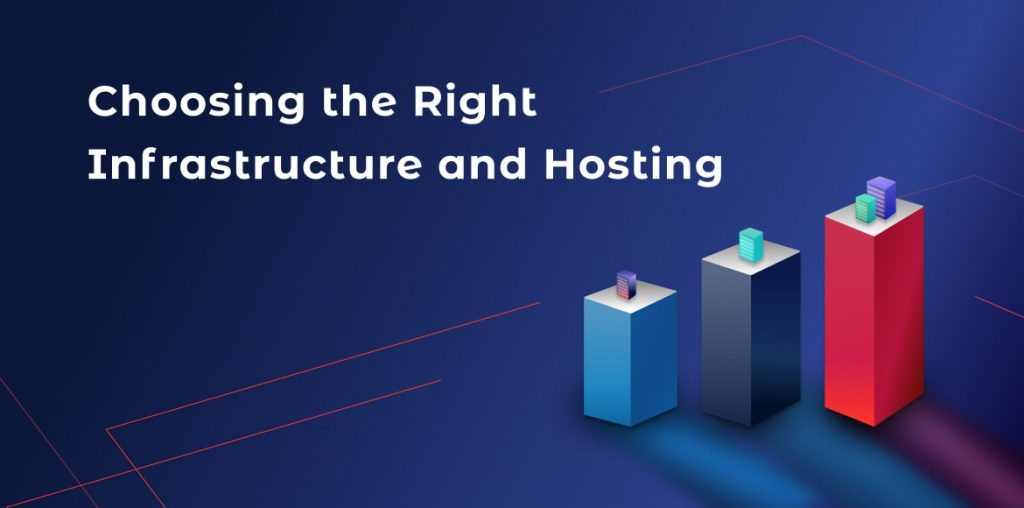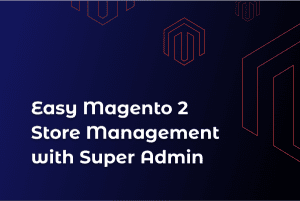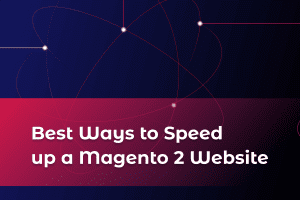Contents
Scaling for Success: Cost Reduction Strategies for Magento 2 Apps
In the dynamic world of eCommerce, the price of Magento often emerges as a pivotal factor for businesses. Magento 2, celebrated for its scalability and versatility, brings a myriad of features to the table. Yet, comprehending the nuances of Magento ecommerce pricing is crucial. This article delves into the fiscal facets of Magento 2, offering insights on optimizing costs without sacrificing performance and scalability.
Understanding the Cost Factors of Magento 2 Apps
The cost of Magento isn’t just about the initial investment. Several components contribute to the overall expenditure:
Magento Open Source
While the question, “is Magento free?” often arises, the Open Source version, though free, comes with operational costs. The official Magento website provides detailed insights into this version’s features and benefits.
Magento Commerce
This premium version has a starting Magento website cost of approximately $22,000 annually. For a deeper dive into its features and benefits, refer to the Magento Commerce page.
Magento Commerce Cloud
A superior option with prices beginning at $40,000 annually, inclusive of cloud hosting advantages.
Hosting, development, extensions, and continuous support further influence the cost of running a website on Magento. A transparent breakdown is essential to prevent unforeseen expenses.
Cost Optimization Strategies for Magento 2 Apps
Efficiently reducing the cost of Magento without compromising quality is feasible:
Shared vs. Dedicated Hosting
Shared hosting is more affordable, but dedicated hosting provides better performance. When making a decision, you should analyze your website traffic. For those who are not familiar with the differences, this guide from Domain.com provides a full comparison of the two.
Pre-built Themes vs. Custom Designs
Custom designs offer a unique touch but at a premium. Pre-built themes, typically priced around $200, can be a cost-effective alternative. The Magento Marketplace is a trusted source for both themes and extensions.
Extensions
Some extensions are free, while others might cost up to $500. Prioritizing essential extensions can help manage costs. For a list of popular and essential extensions, the Magento official guide is a valuable resource.
Development
Maintaining a Magento website involves various costs, and regarding this research, the Magento developer hourly rate can differ (from $40 to $150+), and the overall expenses encompass several crucial factors.
Continuous support and maintenance are essential to ensure smooth business operations. Factors such as software updates, extension renewals, and potential security threats can influence the overall cost. It’s vital for businesses to understand these intricacies, especially if they’re considering hiring developers.
By comprehending these aspects, businesses can get a more transparent view of their budgetary needs. For a detailed breakdown of the costs associated with running a Magento website, refer to this Magestore article.
Choosing the Right Infrastructure and Hosting
The bedrock of a scalable Magento 2 app lies in its hosting:
Cloud Hosting
It offers adaptability, especially during traffic surges, ensuring consistent performance. Though the initial costs might be on the higher side, the long-term scalability and reliability benefits often justify the investment. For those considering cloud hosting, this article provides a comparison of top providers.

Cost-Effective Development and Customization
Strategic development can lead to substantial savings:
Utilize Pre-built Components
Harnessing existing themes and extensions can significantly cut down development time and costs. The https://devdocs.magento.com/ provides a wealth of information for those looking to delve into development best practices.
Effective Project Management
Circumventing scope changes, setting clear milestones, and maintaining regular communication can deter unexpected costs. For those new to project management in the realm of eCommerce, this guide offers valuable insights.



Ongoing Support and Maintenance
The journey doesn’t end post-launch:
Regular Updates
Keeping your Magento 2 app updated is pivotal for security and optimal performance. While updates come with associated costs, they prevent potential, costlier security breaches. The Magento Security Center provides regular updates and patches for known vulnerabilities.
Maintenance
Depending on the app’s complexity, Magento maintenance services can range from a few hundred to several thousand dollars monthly. Yet, routine maintenance can avert more expensive fixes in the long run. For a deeper understanding, refer to this maintenance guide.
Case Studies and Success Stories
(Under NDA) company, a leading online retailer of tech accessories, had been operating their eCommerce store on Magento 1 for several years. With the end of support for Magento 1, they faced a crucial decision: migrate to Magento 2 or switch to a different platform altogether. Their primary concerns were the potential cost of Magento migration and the subsequent Magento website cost for enhancements and maintenance.
Challenge:
The company wanted to ensure that their migration to Magento 2 would be cost-effective without compromising on the site’s performance, scalability, or user experience. They were also keen on understanding the Magento ecommerce pricing structure to budget effectively.
Solution:
This store collaborated with our magento development service to chalk out a migration plan. The service provider conducted a thorough audit of their existing site, identifying areas for optimization.
- Hosting & Infrastructure: Instead of their previous dedicated hosting solution, they were introduced to cloud hosting, which promised better scalability, especially during their peak sales periods. This transition not only ensured better site performance but also resulted in a 25% reduction in their hosting costs.
- Development & Customization: The development team utilized pre-built Magento 2 themes and extensions, which significantly reduced the development time and costs. Customizations were kept to a minimum, focusing only on unique features that would offer a competitive edge. This approach led to a 40% reduction in development costs.
- Maintenance & Support: Post-migration, the company opted for a monthly maintenance package, ensuring regular updates, security patches, and performance optimization. This proactive approach meant that they spent 30% less on emergency fixes and site downtimes.
Results:
Six months post-migration, our client witnessed a 20% increase in sales, attributed to the enhanced user experience and site performance. Their decision to migrate to Magento 2 proved fruitful, with the cost savings achieved in hosting, development, and maintenance being reinvested into marketing efforts, further driving their growth.



Conclusion
The journey to a scalable Magento 2 app intertwines with strategic cost optimizations. By delving into the intricacies of Magento ecommerce pricing and adopting best practices, businesses can strike a balance between cost and performance. As you forge ahead, consider collaborating with software development companies in the US, exploring Magento development services, and leveraging custom eCommerce solutions for a comprehensive approach to cost-effective Magento 2 development.


